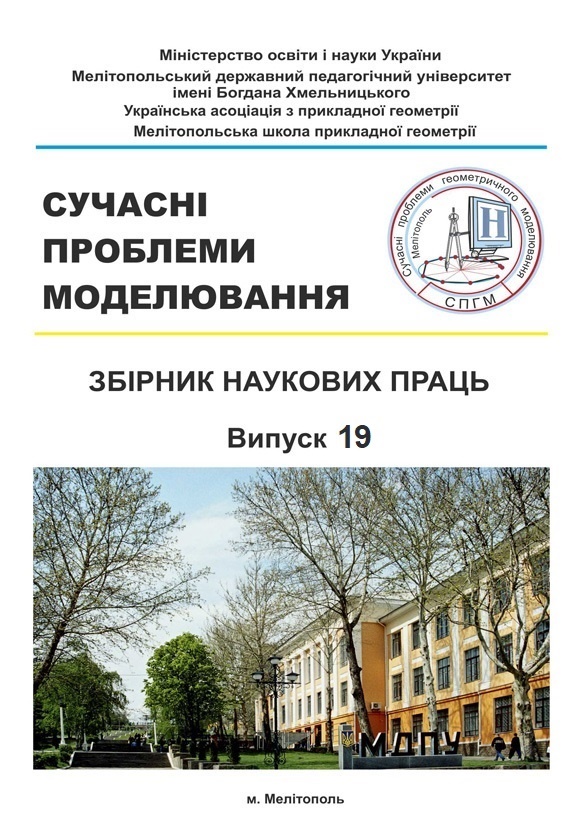CHARACTERISTICS OF ACTIVE MOVEMENT OF FLOW PEOPLE
Abstract
Emergencies pose a particular risk to high-rise buildings due to their individual design, construction, erection, and subsequent evacuation. In the event of emergence and development of emergencies in buildings, there is a problem of optimizing the performance of rescue work, the predominant and most important part of which is ensuring the safety of people.
Possible forms of population protection include the organization of managed evacuation of people from emergencies, in particular from buildings for the necessary time, WHICH calculated on the basis of their design-planning decisions. To this end, scientifically sound evacuation plans are being developed, the main component of which are human flow simulation programs that adequately reflect real human movement processes. Therefore, the urgent task is to develop models for modeling human flows.
When moving people in the stream, the following categories of movement are distinguished: comfortable, calm, active, of high activity. When the category of movement of people becomes active with a possible force action, the flux density increases. Changes in density profoundly affect the nature of the movement of people in the stream, changing it from free, at which a person can choose the speed and direction of his movement, to a compressed movement, in which the person feels the increasing force of the peoples around him.
In this work, it is proposed to take into account the natural deformation of a person's body by rotating of parts of his body (eg, shoulder) when modeling movement. For this purpose it is proposed to represent the projection of the human body by a set of three ellipses: the main with the possibility of its rotation within the maneuverability relative to the main direction of movement, and two of auxiliary, given half axes, which equals half of the length and width of the shoulder with the possibility of their rotation in a given range of angles in the horizon plane relative to the raised arm of the person.
It is shown that the three-component model of the human body projection gives greater accuracy of approximation of natural deformations of the human body than taking into account the minimum permissible distances between people, which are approximated by ellipses, which is important in determining the density of human flow in modeling the active movement of people.
Keywords: human flow, density, active flow, three-component model of human body projection.




